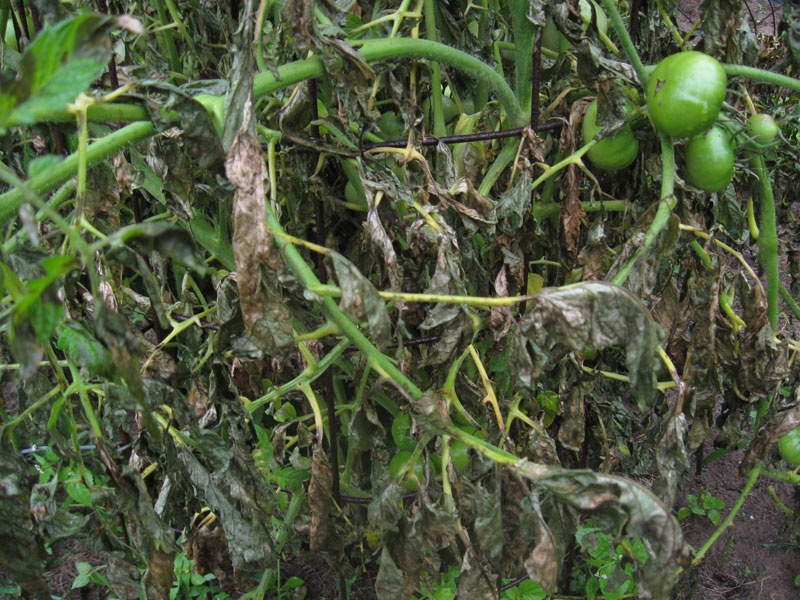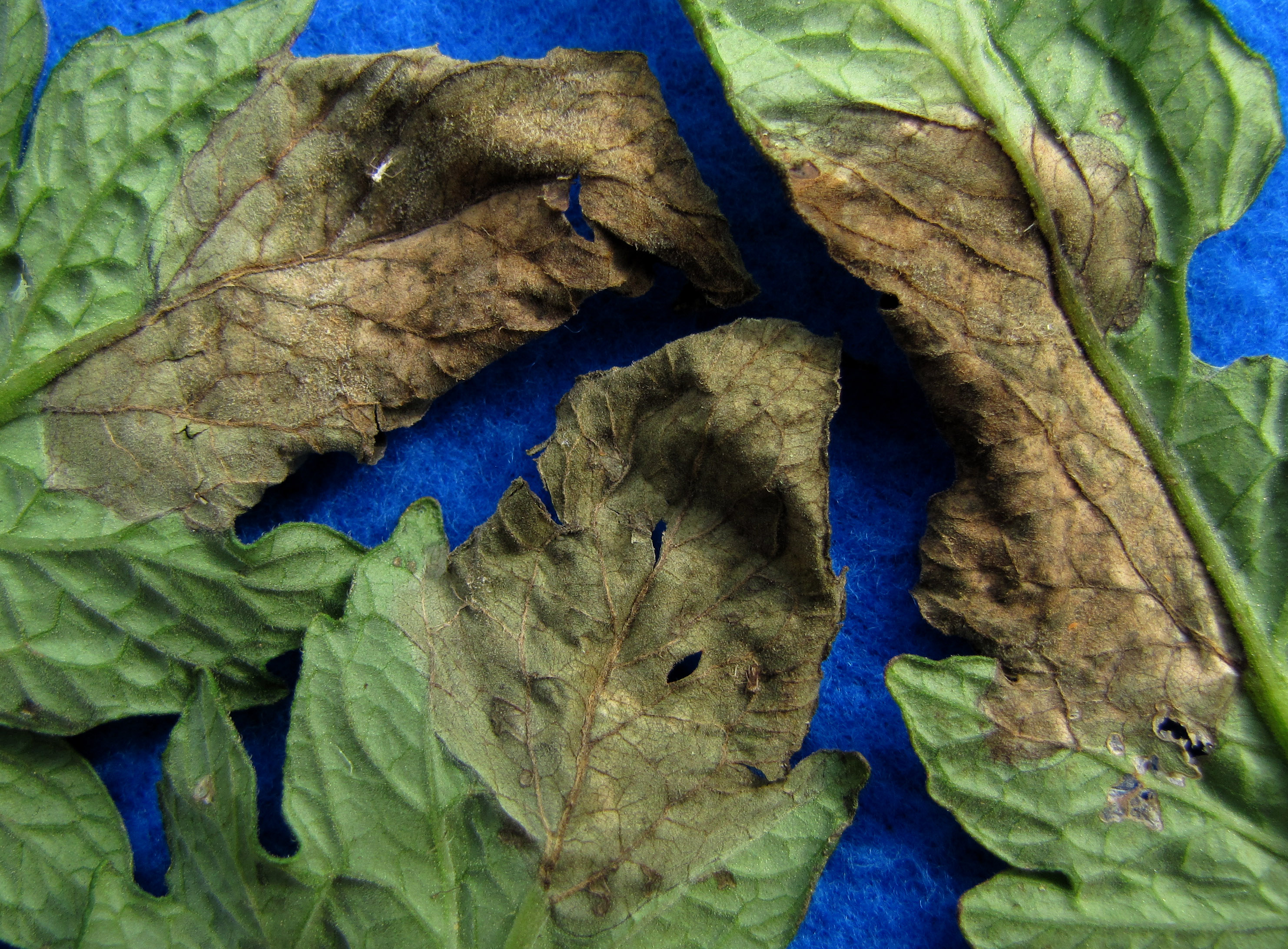

If you need to add nitrogen, on the basis of your soil test results, also apply calcium nitrate at the same time. Wait until they are well established and blooming before you fertilize again.įertilizers with an NPK ratio of 5-20-5 or 4-12-4, with the highest level of phosphorus in comparison to the amounts of nitrogen and potassium, are good choices. Ideally you should test your soil before you plant, to make sure the pH is between 6.5 and 7.5, and to determine whether there are any nutrient deficiencies.Īt this time, before your seeds or transplants are in the ground, you should amend your soil accordingly.Īfter that, don’t fertilize your tomato plants again when they are young. Staking your plants prevents fruit and foliage from coming in contact with the ground.Ĭheck out our guide to learn more about using the Florida weave to support tomato plants. Promoting good airflow will also help to reduce the levels of moisture in the interior of the plant. You can read more about this variety and find out where to purchase seeds in our roundup of the best cherry tomatoes to plant in your garden. Though it is not quite at the level of being resistant, the ‘Sweetheart of the Patio’ cultivar is tolerant of late blight, and it’s well-suited to growing in containers. ‘Iron Lady’ and ‘Defiant’ are two cultivars that are resistant to early, late, and Septoria blight. However, the cherry tomato cultivar ‘Magic Mountain,’ available from Burpee, is resistant to both early and late blight. Resistance to late blight is more difficult for plant breeders to select for, since the water molds mutate quickly and have been able to overcome resistance in the past. Tomato plants that are resistant to early blight can sometimes contract the disease anyway. Keep in mind that resistance is not the same thing as immunity. Resistance to early blight is usually labeled “EB” on tomato seed packets. Information about resistance to different types of disease is typically included in tomato cultivar descriptions. When choosing your plants, particularly if you know blight has been a problem in the past, choosing to grow resistant varieties is recommended. This allows you to ensure adequate spacing between plants, to prevent the spread of disease. Locate your tomato plants away from areas where you want to grow potatoes or other nightshades.Ĭheck your seed packets to establish mature sizes of the varieties you are growing. Plan Your Gardenīefore you start planting, plan the layout of your garden with the help of your gardening journal. While these diseases are all caused by different types of microbes, there are common steps that you may employ to prevent infection. Prevention is your best bet in the battle against all of these diseases, and in some cases you can nip them in the bud (or leaves, or fruit…). This water mold can also infect the fruit in cases of late blight, typically starting on the shoulders.Ĭheck out our in-depth guides to learn more about early blight, and Septoria leaf spot.They start out as little spots that look like they are soaked with water before spreading into large purple-brown blotches that appear oily. The lesions of late blight look different from those caused by fungi.Alternaria does not produce any comparable structures. Advanced Septoria leaf lesions contain dark colored fruiting bodies that look like grains of pepper.Septoria leaf lesions, on the other hand, usually present as numerous tiny brown spots that grow and spread.Alternaria produces lesions with concentric rings that can also affect the fruit.However, it is possible to tell them apart. And both of these infections start on the lower leaves. Read more about identifying late blight here.Įarly blight and Septoria are often confused, since each of these infections causes the leaves to yellow and die. Late blight is such a menace that you are advised to inform your county extension agent if you find it in your garden. Late blight.Īlternaria and Septoria can devastate your crop at home, while late blight is an extremely serious infection that can decimate whole tomato fields. This organism is what caused the Irish potato famine, forever altering Irish and American history. However, it is now known as a water mold (or oomycete, to be technical). The third – late blight ( Phytophthora infestans) – was considered a fungus for 200 years. Two are caused by fungi – early blight ( Alternaria solani) and Septoria blight, aka Septoria leaf spot ( Septoria lycopersici). However, they all have their quirks that allow you to distinguish between them. Spots on the leaves are the first indication of each of these infections.

There are three types of blight that affect tomato plants.


 0 kommentar(er)
0 kommentar(er)
